Debt to Equity (DE) Ratio
The debt-to-equity (D/E) ratio is a key financial metric used to assess a company's leverage and financial health. It compares the total debt a company owes to the shareholders' equity, providing insights into how much of the company’s assets are financed by debt or equity.
Understanding this ratio helps investors, creditors, and analysts evaluate the level of financial risk a company carries, how it finances its growth, and how sustainable its capital structure is.
What Is Debt-to-Equity Ratio
The debt-to-equity ratio shows how much a company relies on borrowed funds relative to the capital provided by its shareholders. Debt includes loans, bonds, and other forms of borrowing, while equity represents the shareholders’ ownership interest in the company.
A higher D/E ratio indicates that a company relies more heavily on borrowed funds, which could increase financial risk, whereas a lower ratio suggests more conservative financing primarily through equity.
Formula to Calculate Debt-to-Equity Ratio
The debt-to-equity ratio is calculated as:
Debt-to-Equity Ratio = Total Debt / Shareholders’ Equity
Where:
Total Debt comprises both short-term and long-term liabilities.
Shareholders’ Equity includes paid-up capital, retained earnings, and reserves.
For example, if a company has ₹8 Crore in total debt and ₹16 Crore in shareholders’ equity, the D/E ratio is:
₹8 Crores ÷ ₹16 Crores = 0.5
This means the company has ₹0.50 in debt for every ₹1 of equity.
Understanding the Components
It’s important to understand the key components that make up the calculation:
Total Debt
Total debt includes all financial obligations such as bank loans, bonds issued, and other borrowings. It reflects the company’s external obligations that must be repaid with interest.
Shareholders’ Equity
Shareholders’ equity is the net value belonging to the owners of the company after liabilities are deducted from assets. It consists of share capital, reserves, and retained earnings.
Significance of the Debt-to-Equity Ratio
The D/E ratio offers valuable insights into a company’s financial health and risk profile:
Financial Leverage Indicator
The D/E ratio reflects how much financial leverage a company uses. Leverage can amplify returns but also increases risk if earnings decline or cash flow becomes insufficient to meet debt obligations.
Risk Assessment
A high D/E ratio suggests greater financial risk, as the company must service its debt regardless of business performance. Conversely, a low ratio indicates less risk but possibly less aggressive growth.
Capital Structure Insight
It provides a snapshot of how a company finances its operations and growth—whether it depends more on creditors or shareholders.
Benchmarking and Comparison
Investors use the D/E ratio to compare companies within the same industry to understand relative risk and capital strategies.
Ideal Debt-to-Equity Ratio
There is no universal "ideal" D/E ratio. It varies by industry:
Capital-intensive industries (like manufacturing, utilities, and infrastructure) often have higher ratios, sometimes exceeding 1.5 or 2.0.
Service industries (like IT or consulting) typically maintain lower D/E ratios, often below 0.5.
Advantages of Using the Debt-to-Equity Ratio
The D/E ratio is a simple yet powerful tool for evaluating a company’s financial stance:
Simplifies financial risk evaluation for investors and creditors.
Helps in creditworthiness assessment for loan approvals and bond ratings.
Assists in making informed investment decisions based on risk tolerance.
Useful in identifying companies with balanced or aggressive financing strategies.
Limitations of the Debt-to-Equity Ratio
While the D/E ratio is useful, it has certain constraints that investors should consider:
Does not account for debt quality or terms: Short-term vs long-term debt and interest rates vary significantly.
Ignores cash flow situation: A company with strong cash flows may manage high debt effectively.
Industry norms differ: Comparing across industries without context can be misleading.
Accounting differences: Variations in accounting methods impact reported equity and debt figures.
How to Use Debt-to-Equity Ratio in Investment Decisions
Investors should use the D/E ratio alongside other financial ratios and qualitative factors such as:
Profitability metrics (like return on equity).
Cash flow analysis.
Interest coverage ratios.
Industry and economic conditions.
A well-rounded analysis ensures better assessment of the company’s financial health and sustainability.
Real-World Example
Consider two companies in the steel industry:
Company A has a D/E ratio of 1.8, indicating it uses significant debt to finance operations
Company B has a D/E ratio of 0.7, relying more on equity.
Company A might benefit from leveraging debt to fuel growth, but it also faces higher financial risk during downturns. Company B is more conservative but may grow slower.
Conclusion
The debt-to-equity ratio is a vital financial metric that reveals how a company balances debt and equity in its capital structure. While it offers key insights into leverage and risk, it should not be evaluated in isolation. Investors are advised to consider industry context, other financial ratios, and overall business fundamentals to make well-informed decisions.
Disclaimer
This content is for informational purposes only and the same should not be construed as investment advice. Bajaj Finserv Direct Limited shall not be liable or responsible for any investment decision that you may take based on this content.
FAQs
What does a high debt-to-equity ratio mean?
It means the company is heavily reliant on debt financing, increasing financial risk.
Is a low debt-to-equity ratio always better?
Not necessarily; a very low ratio might indicate underutilisation of debt, potentially limiting growth.
Does the ideal debt-to-equity ratio vary by industry?
Yes, capital-intensive industries often have higher ratios than service sectors.
Can the debt-to-equity ratio predict financial distress?
It is a useful indicator but should be analysed with other financial metrics.
How do investors use the debt-to-equity ratio?
To assess financial risk, compare companies, and inform investment decisions.


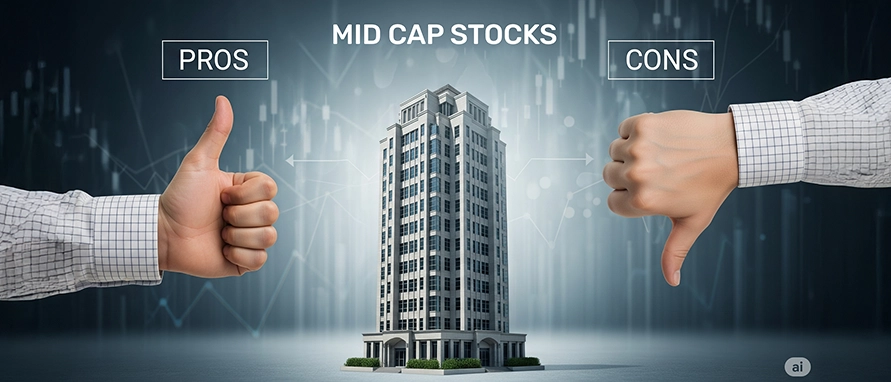













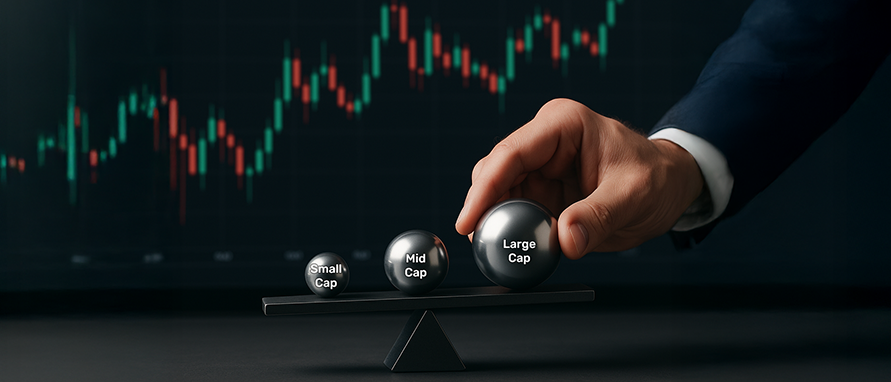
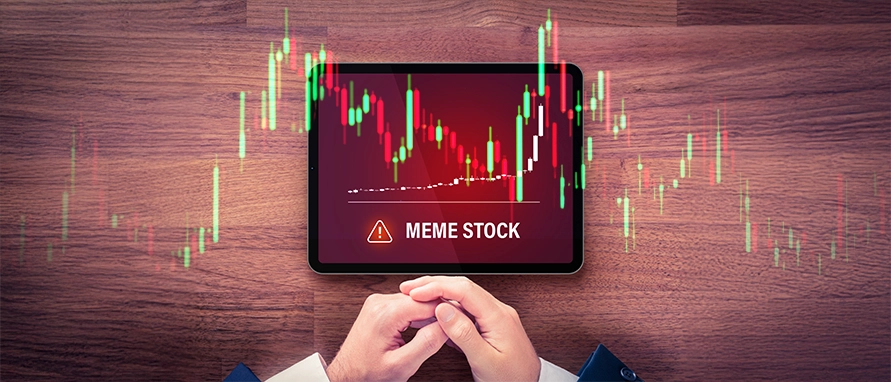



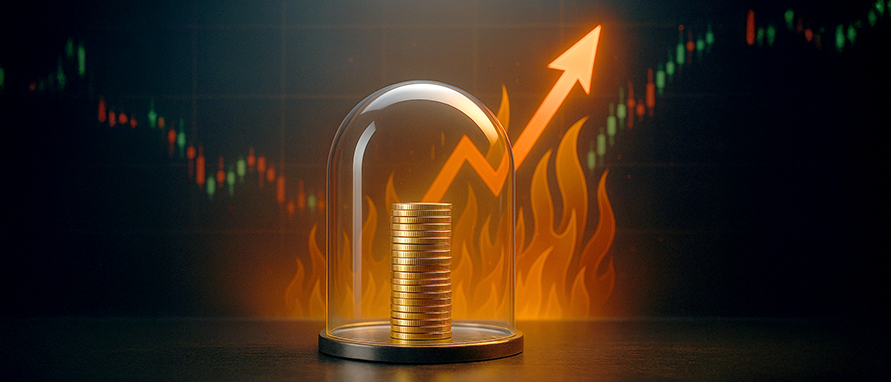
















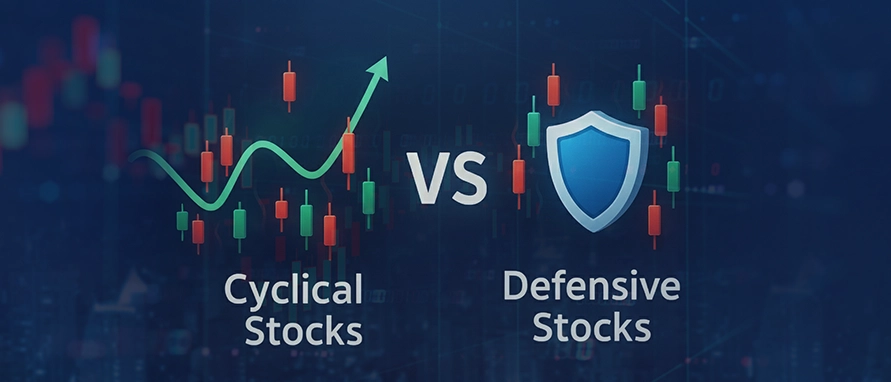


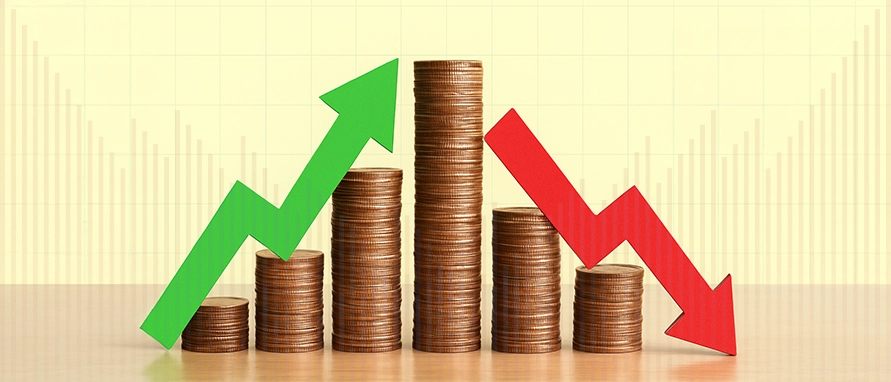

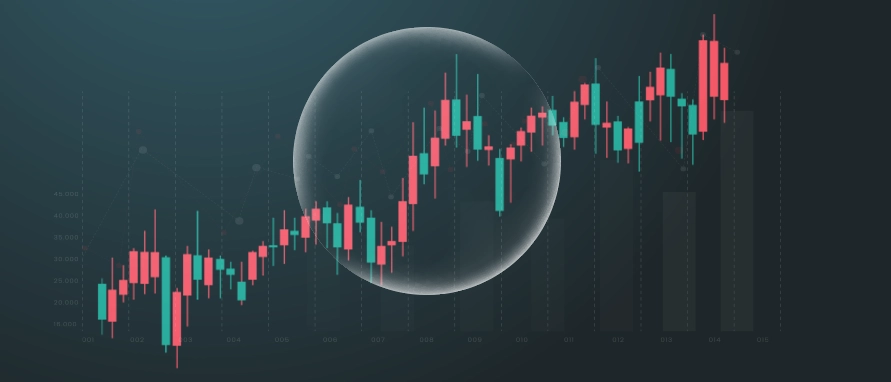


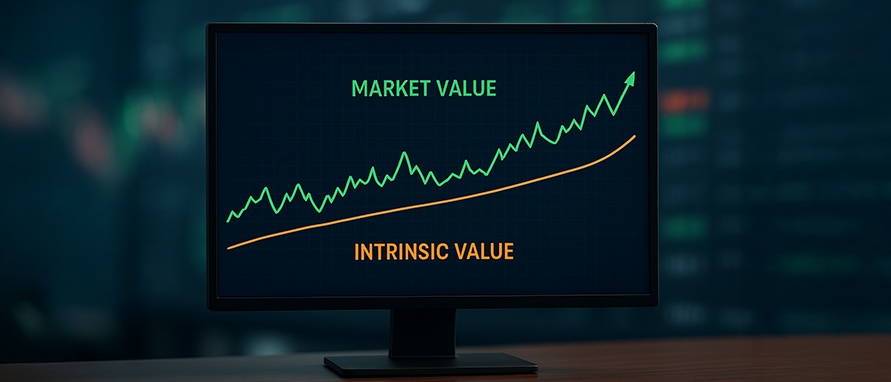

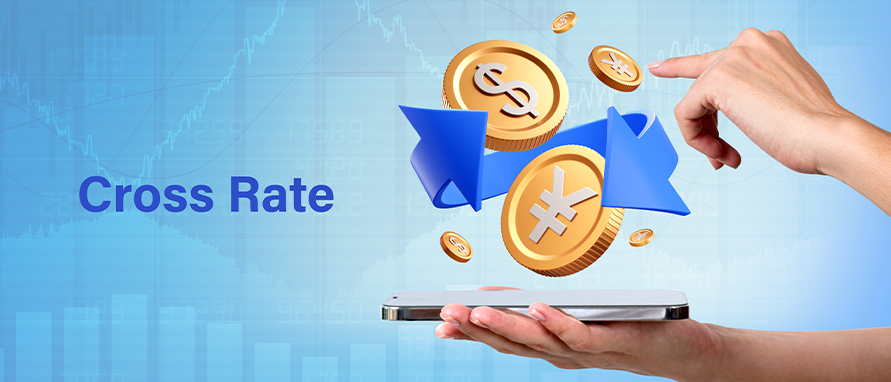
.webp)

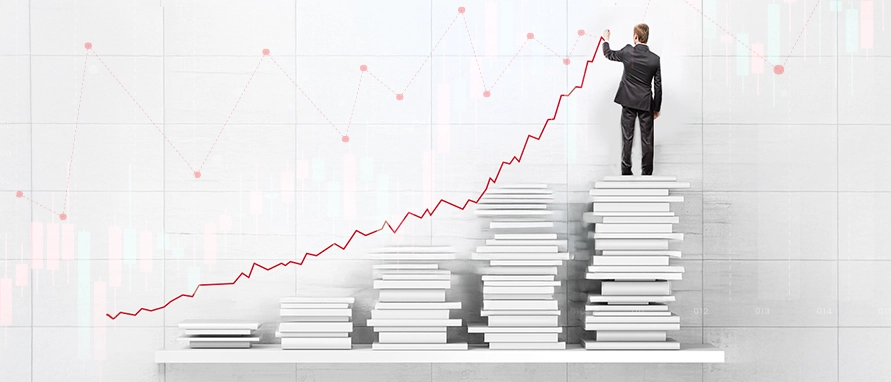


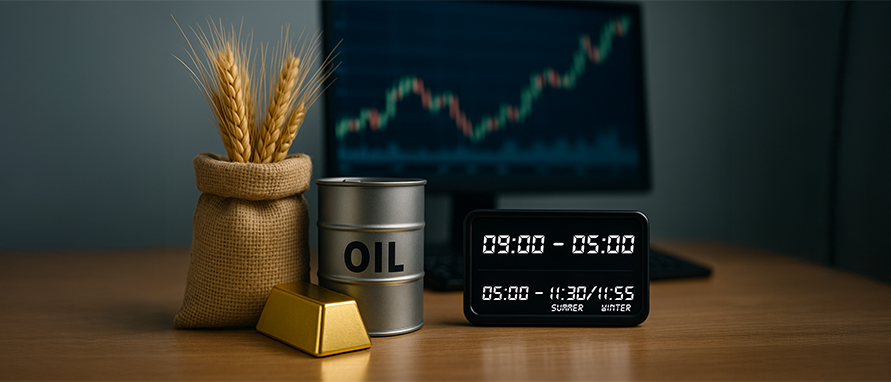








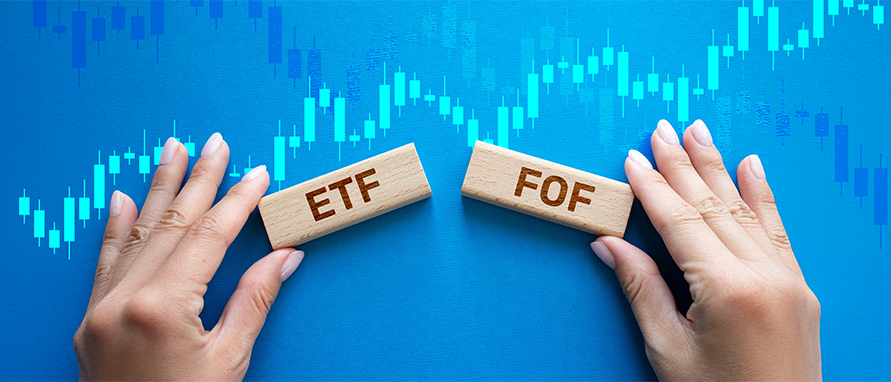
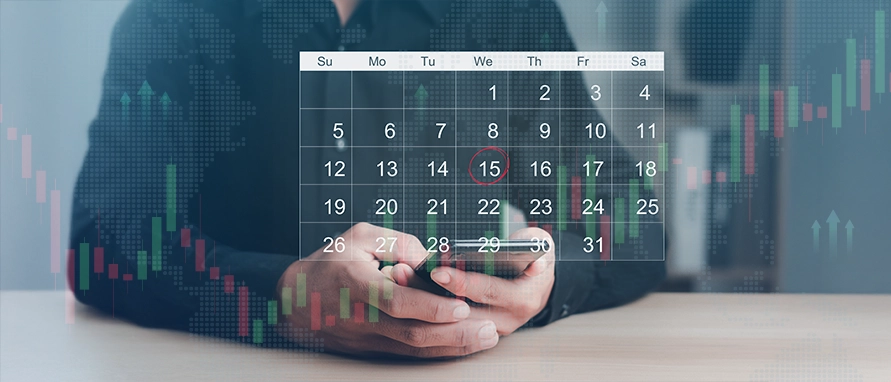

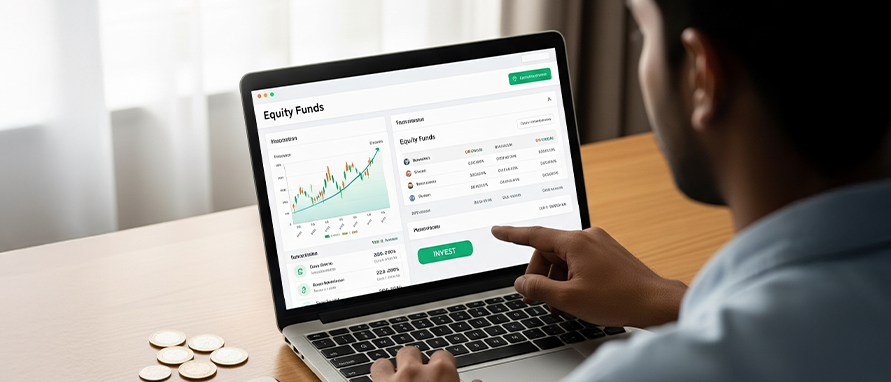


.webp)

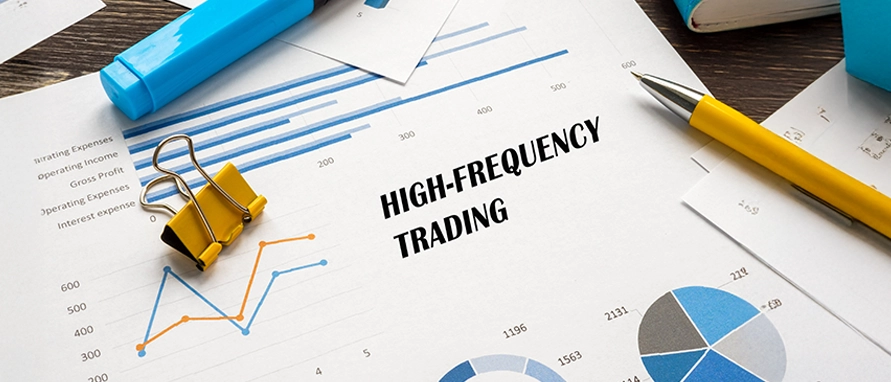



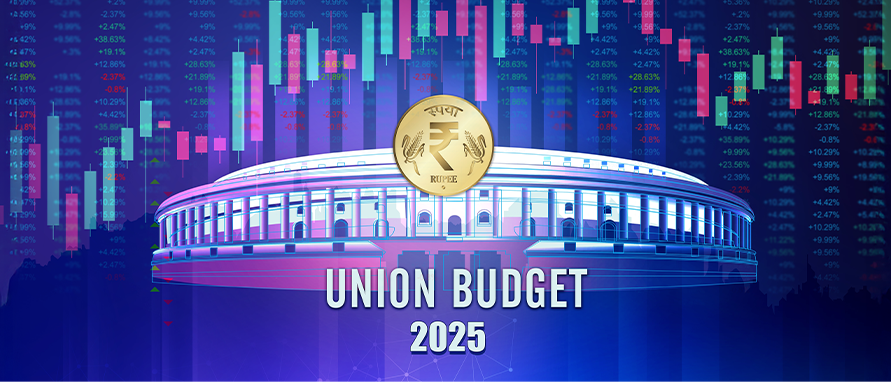
.webp)



.webp)
-in-India.webp)






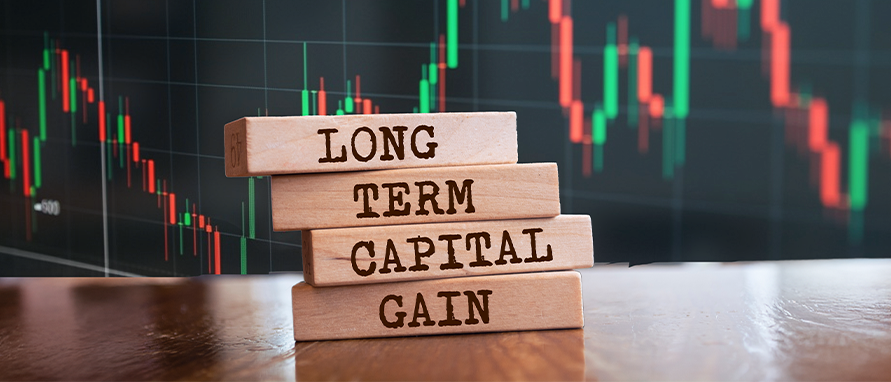
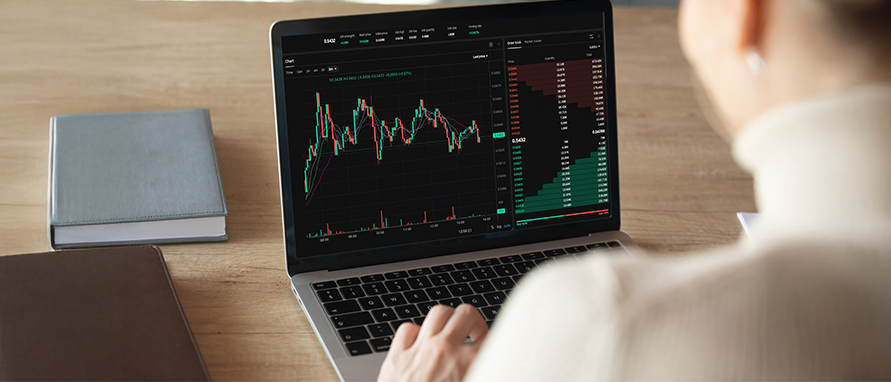





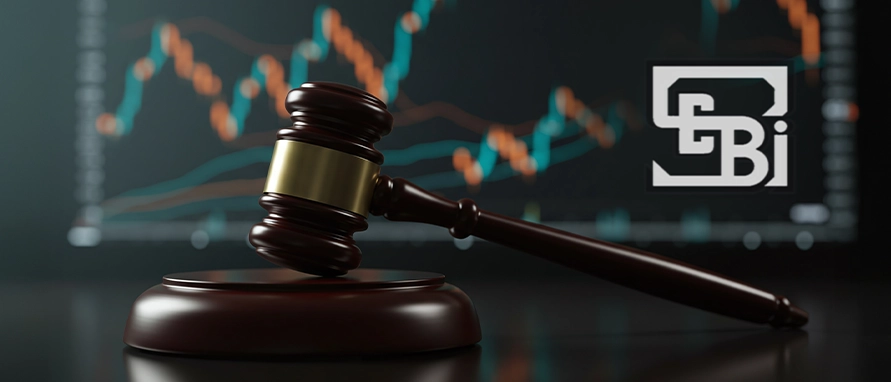


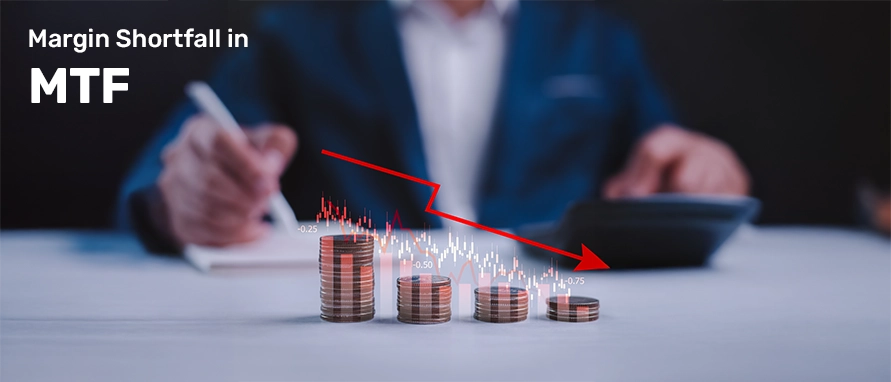



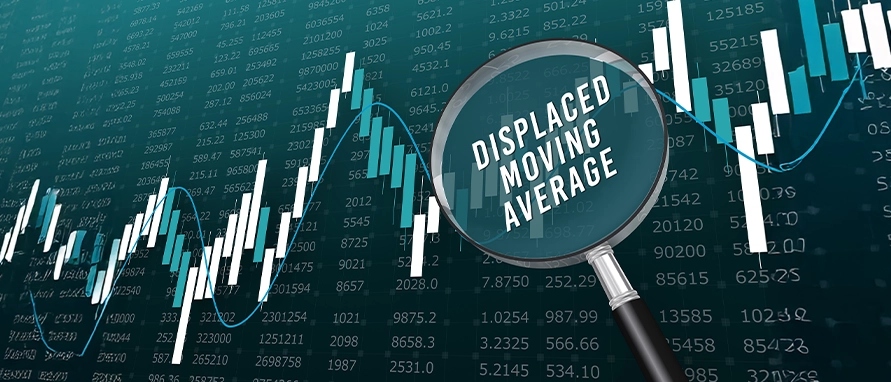


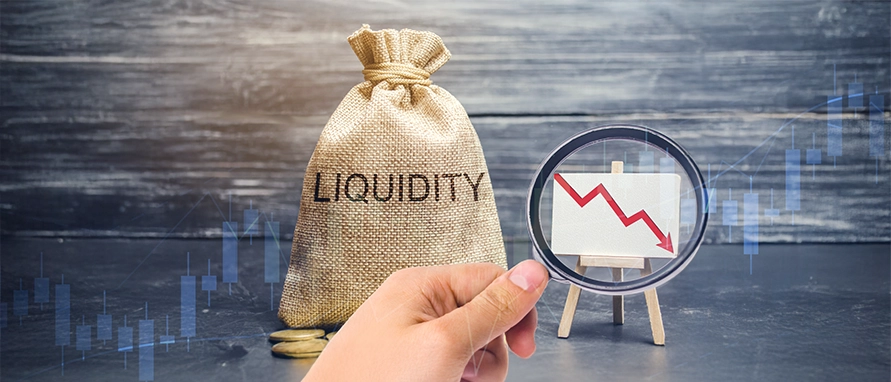










.webp)




-Meaning-Importance.webp)
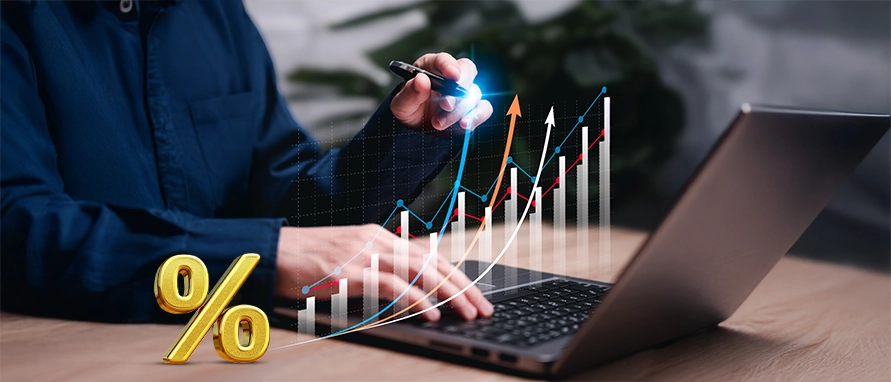



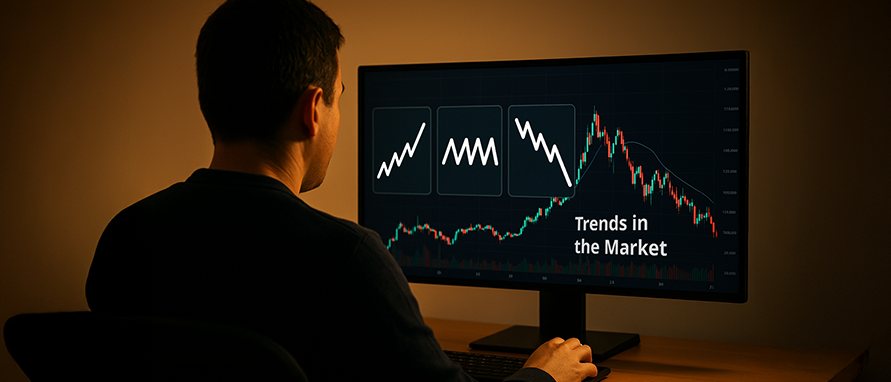
.webp)

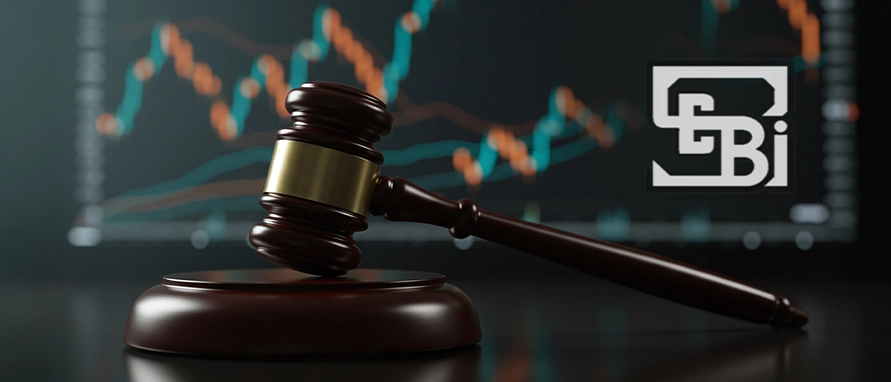
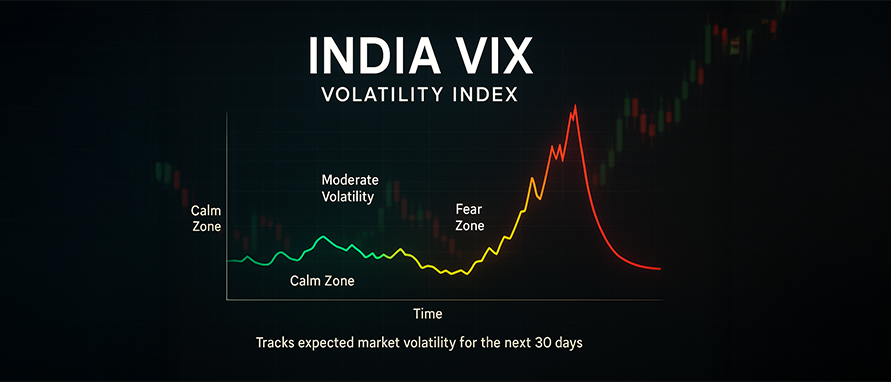
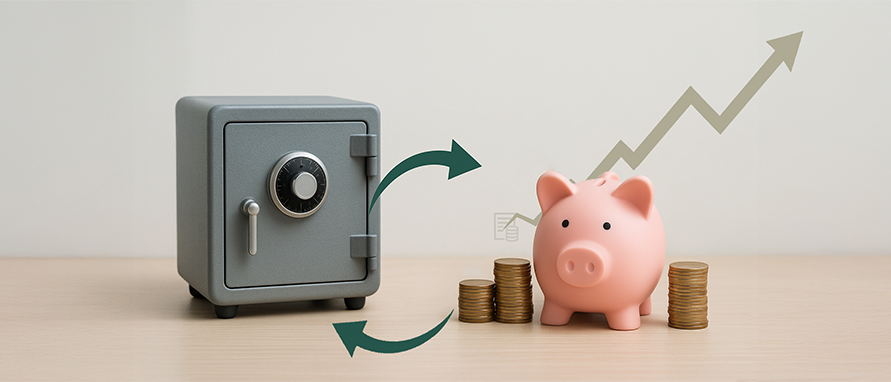
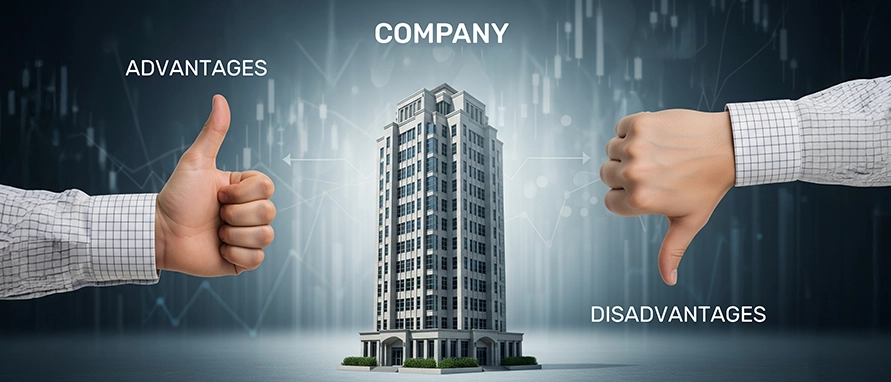

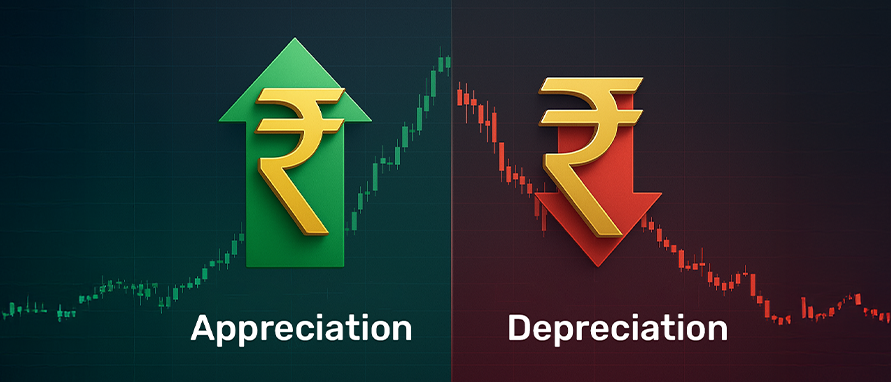

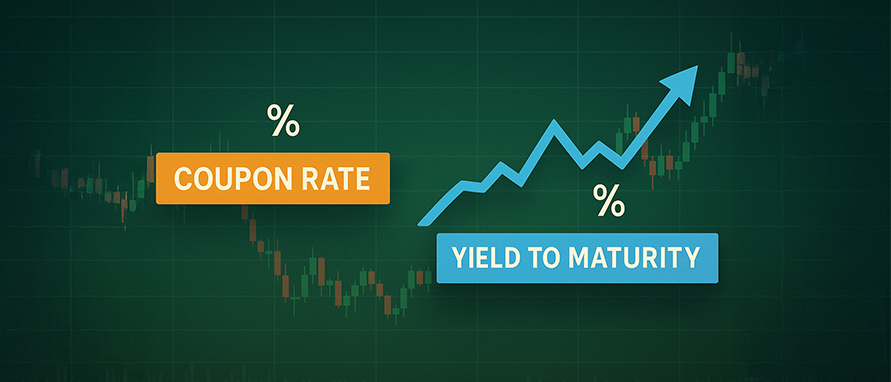
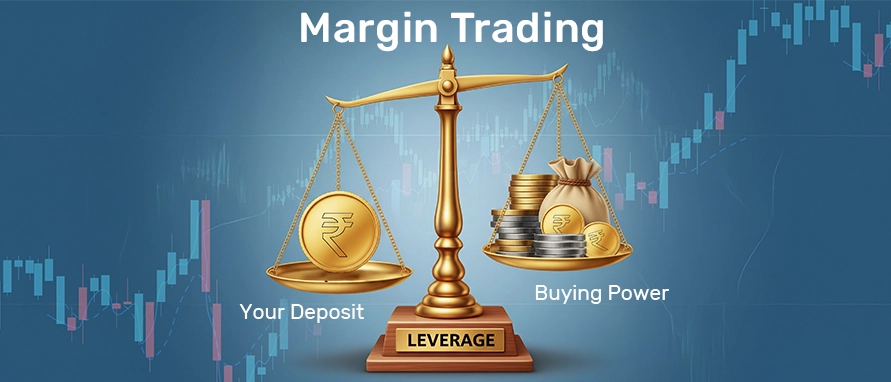



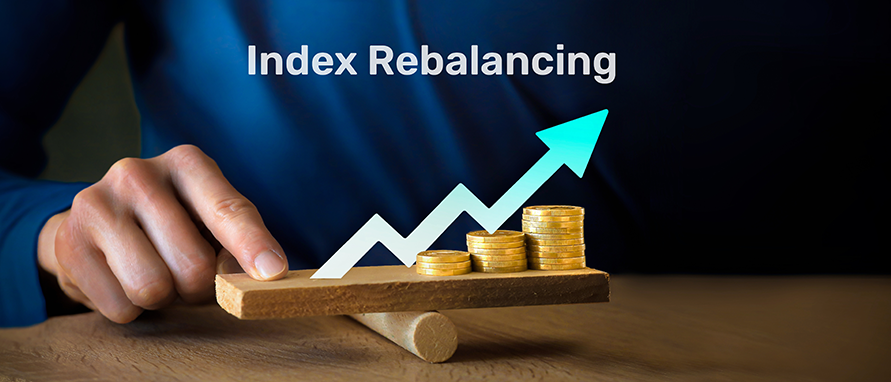



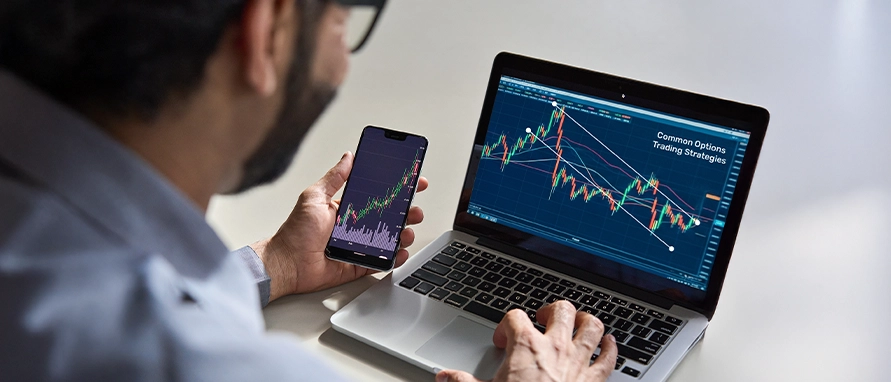
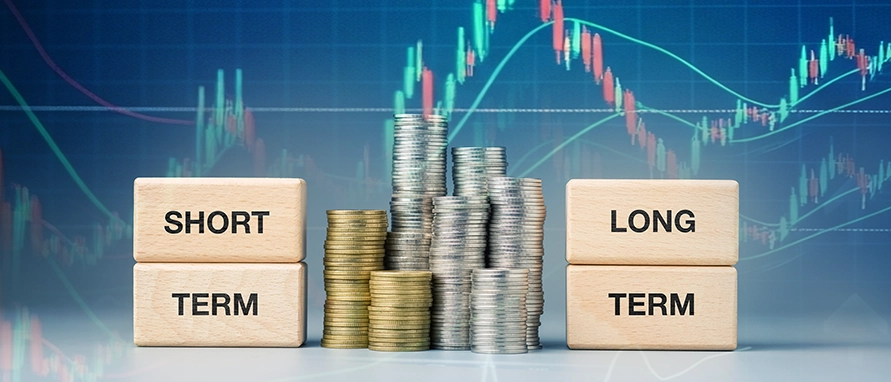
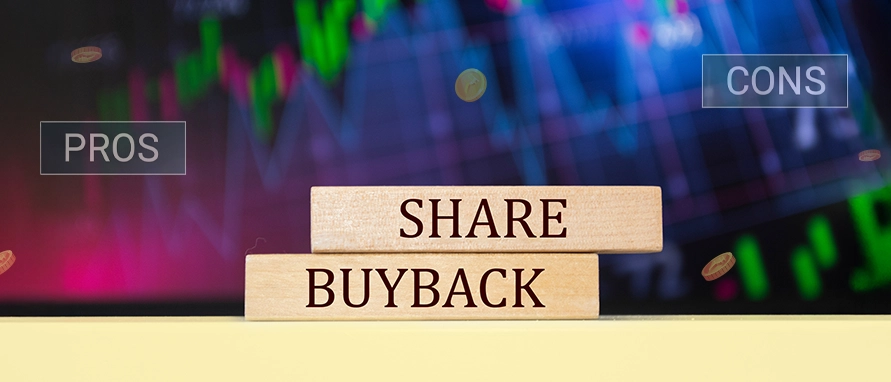
-portfolio.webp)


